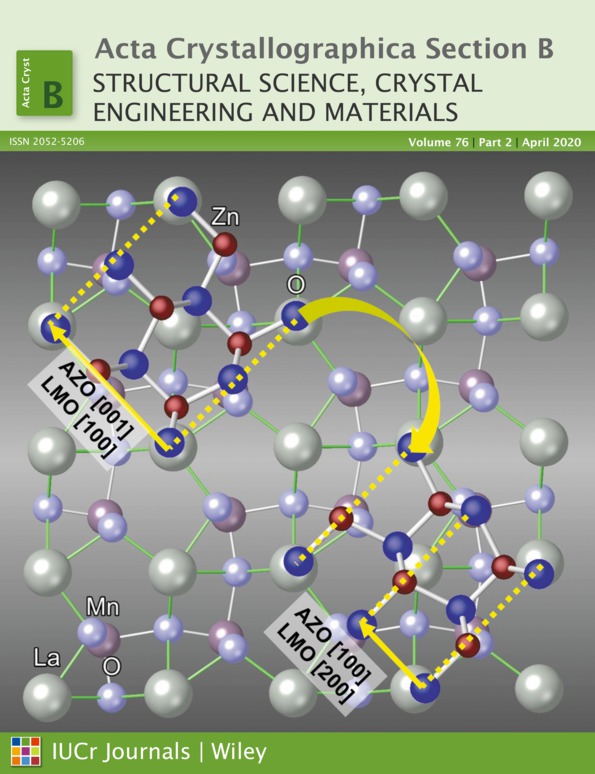Structure variations within RSi2 and R2TSi3 silicides. Part I. Structure overview
Abstract
Here, structural parameters of various structure reports on RSi2 and R2TSi3 compounds [where R is an alkaline earth metal, a rare earth metal (i.e. an element of the Sc group or a lathanide), or an actinide and T is a transition metal] are summarized. The parameters comprising composition, lattice parameters a and c, ratio c/a, formula unit per unit cell and structure type are tabulated. The relationships between the underlying structure types are presented within a group–subgroup scheme (Bärnighausen diagram). Additionally, unexpectedly missing compounds within the R2TSi3 compounds were examined with density functional theory and compounds that are promising candidates for synthesis are listed. Furthermore, a correlation was detected between the orthorhombic AlB2-like lattices of, for example, Ca2AgSi3 and the divalence of R and the monovalence of T. Finally, a potential tetragonal structure with ordered Si/T sites is proposed.




